10,5 cm. leichte Feld Haubitze (l.F.H.) 1898/09
 |
|---|
 |
|---|
 |
|---|
 |
|---|
 |
|---|
 |
|---|
 |
|---|
 |
|---|
 |
|---|
 |
|---|
 |
|---|
 |
|---|
 |
|---|
 |
|---|
 |
|---|
 |
|---|
 |
|---|
 |
|---|
 |
|---|
 |
|---|
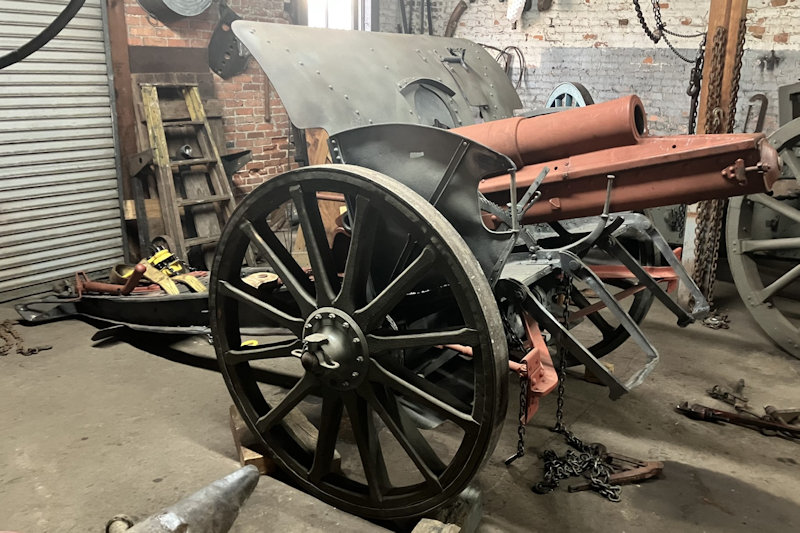 |
|---|
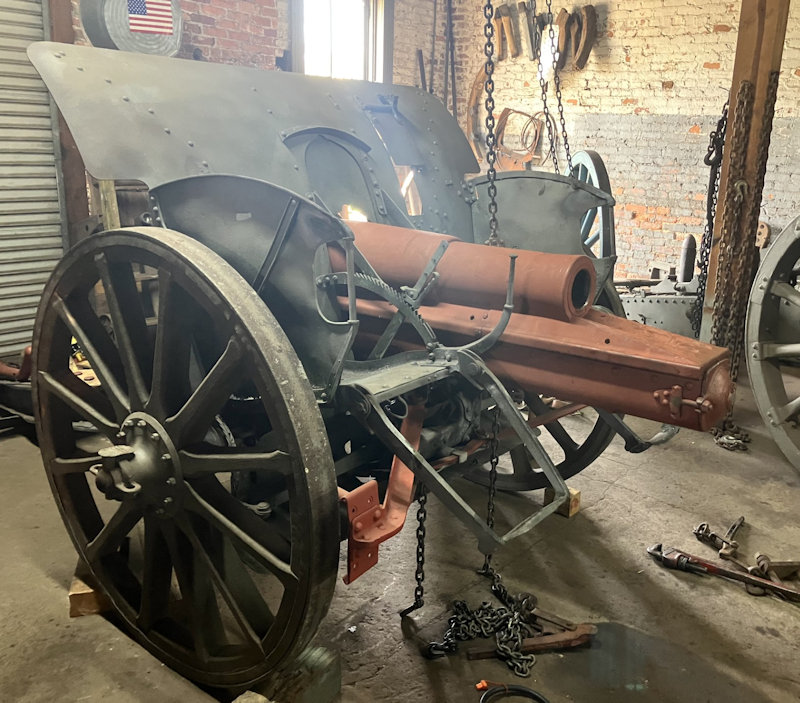 |
|---|
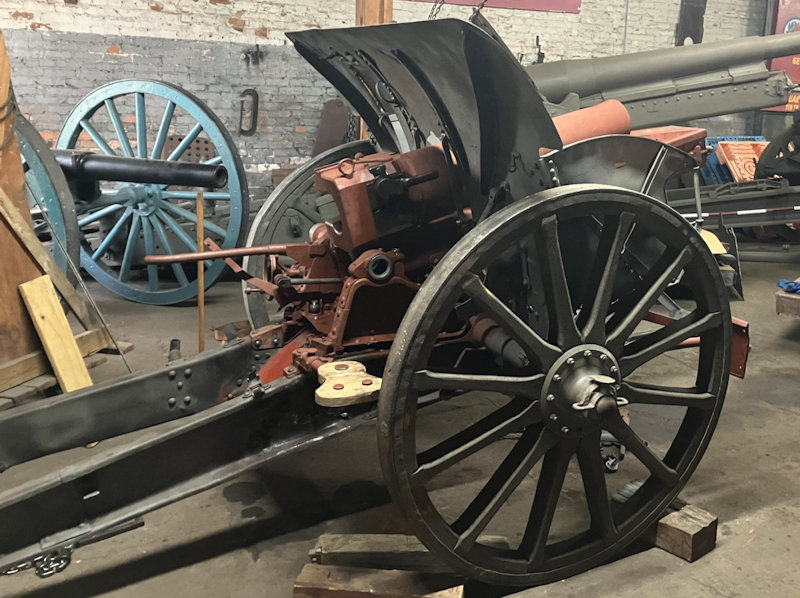 |
|---|
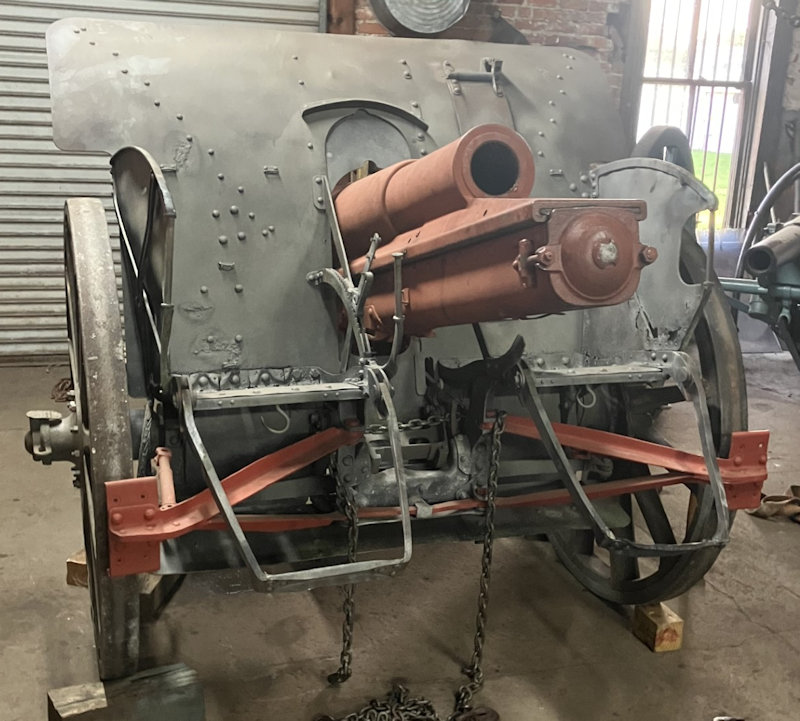 |
|---|
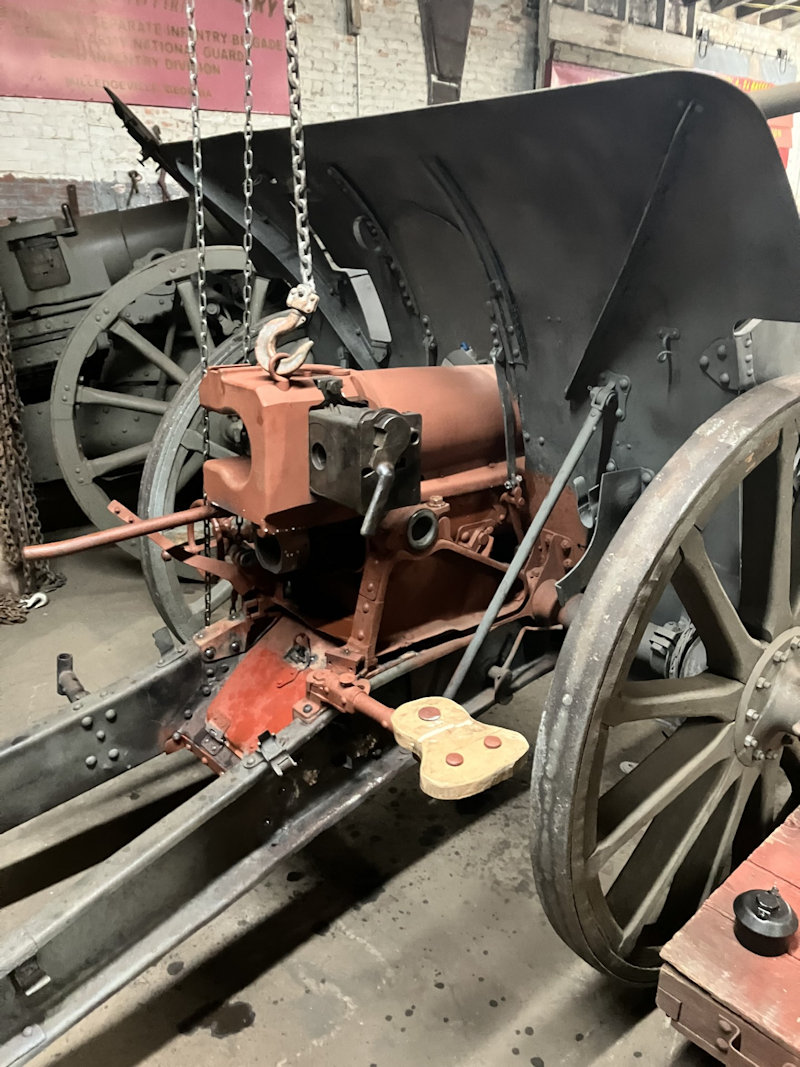 |
|---|
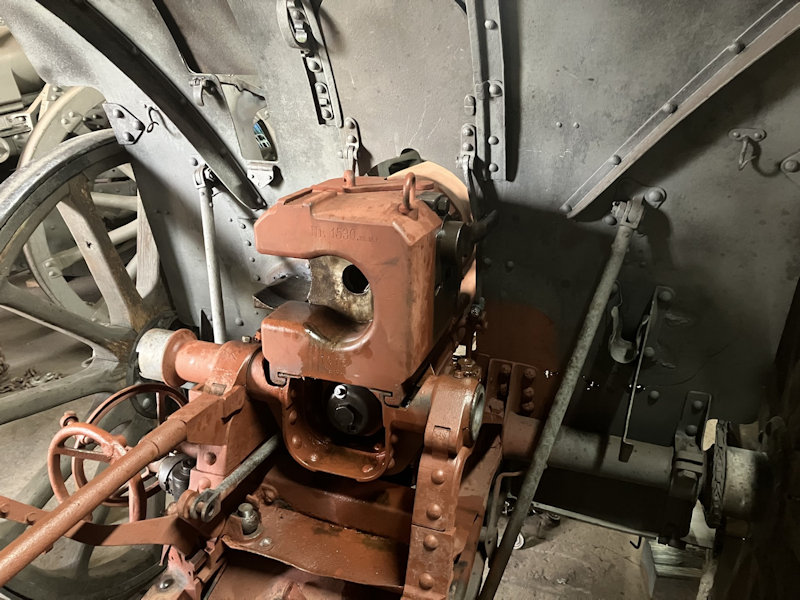 |
|---|
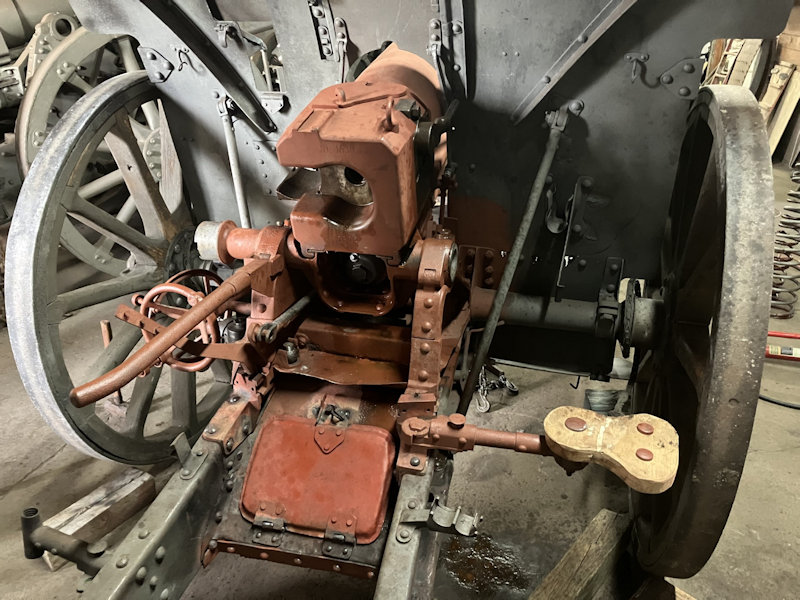 |
|---|
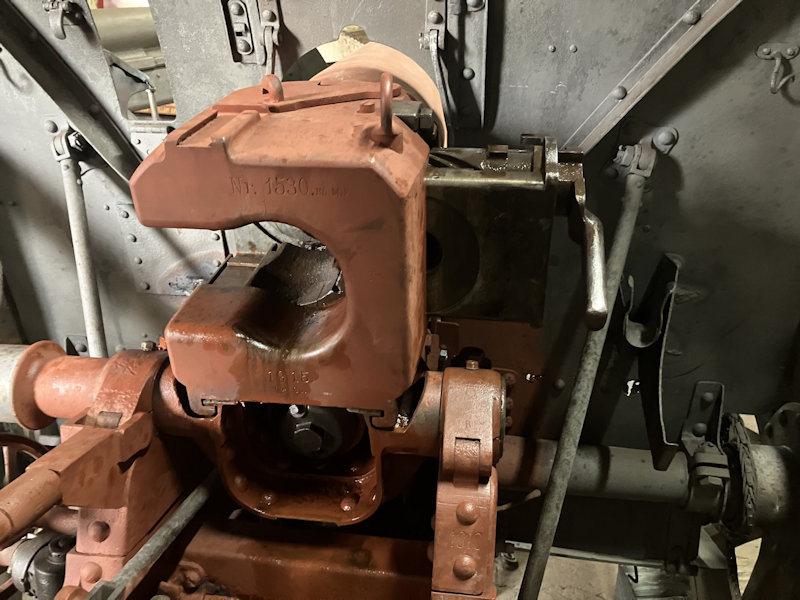 |
|---|
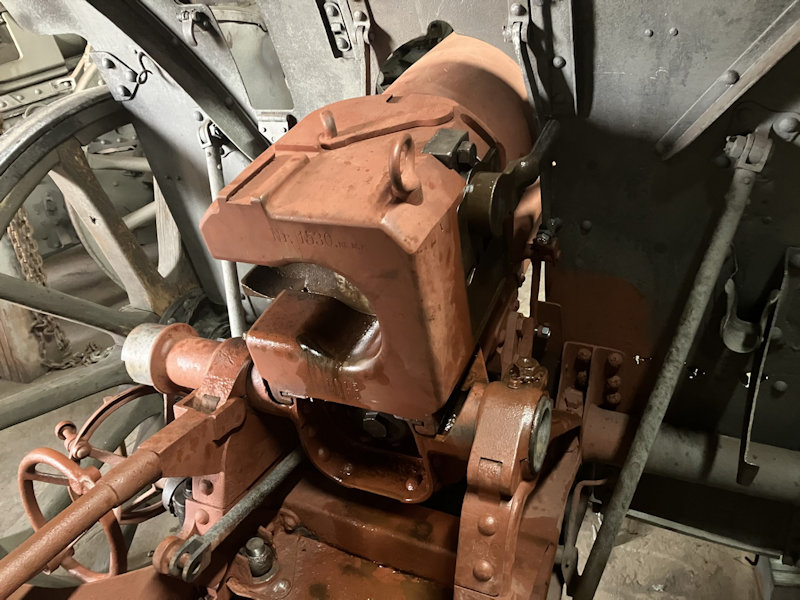 |
|---|
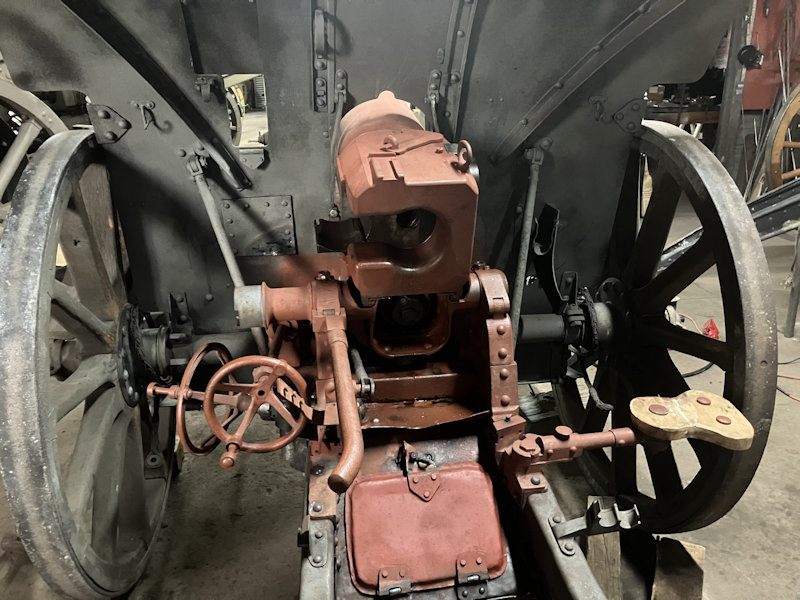 |
|---|
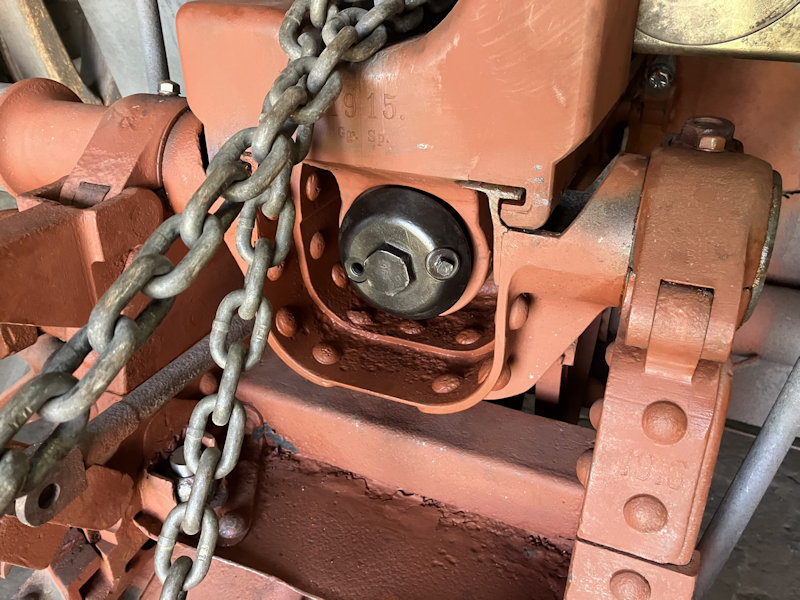 |
|---|
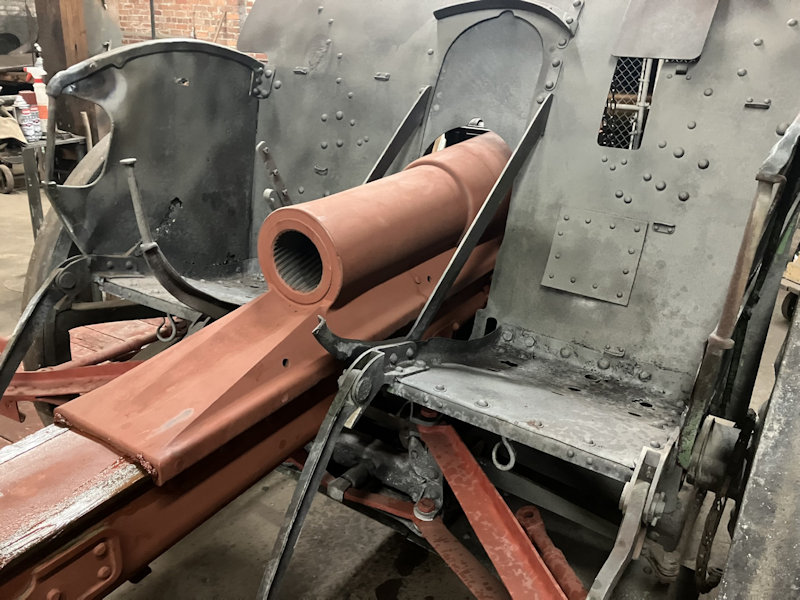 |
|---|
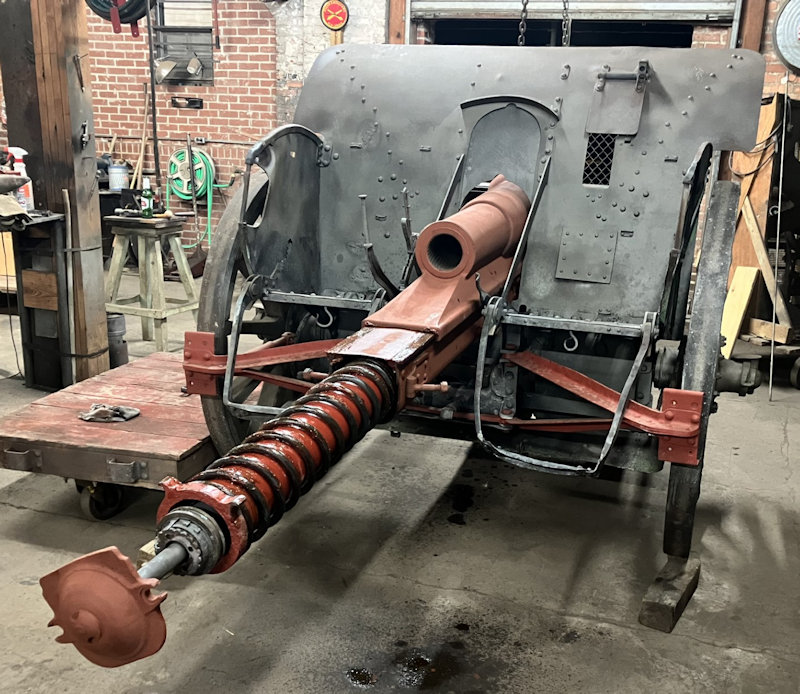 |
|---|
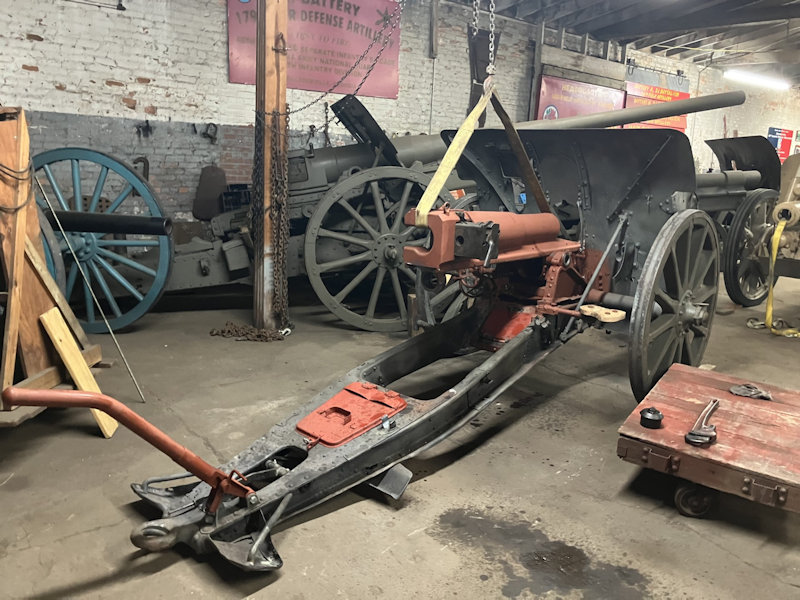 |
|---|
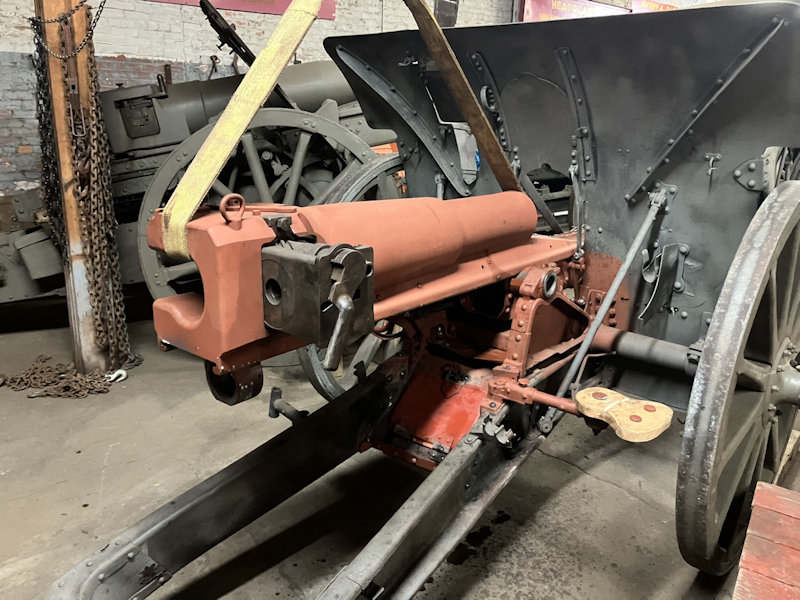 |
|---|
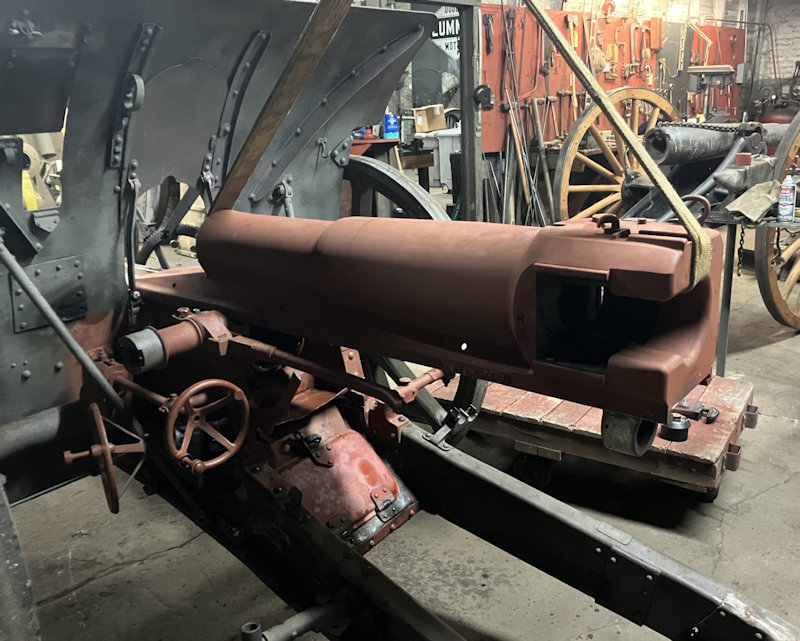 |
|---|
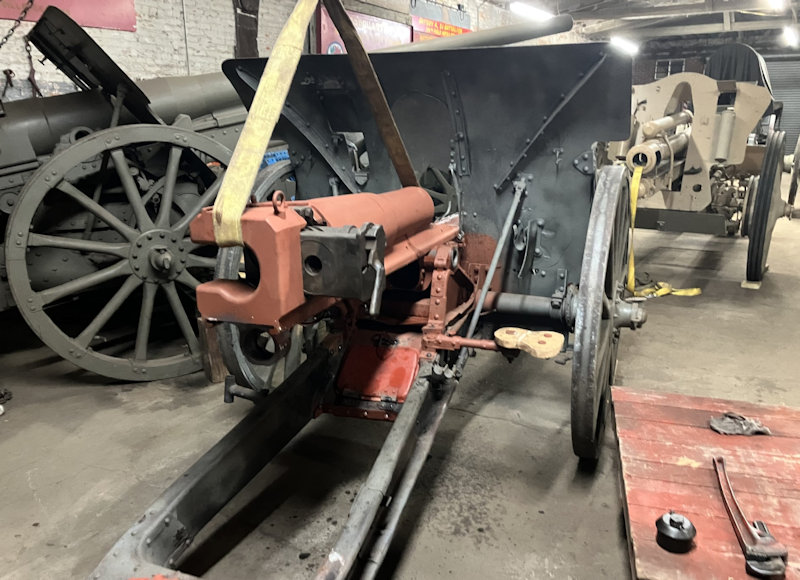 |
|---|
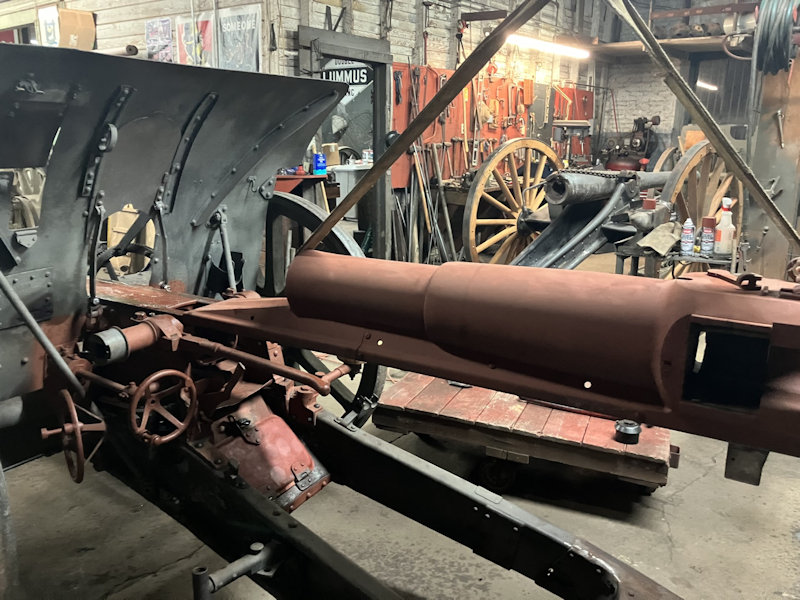 |
|---|
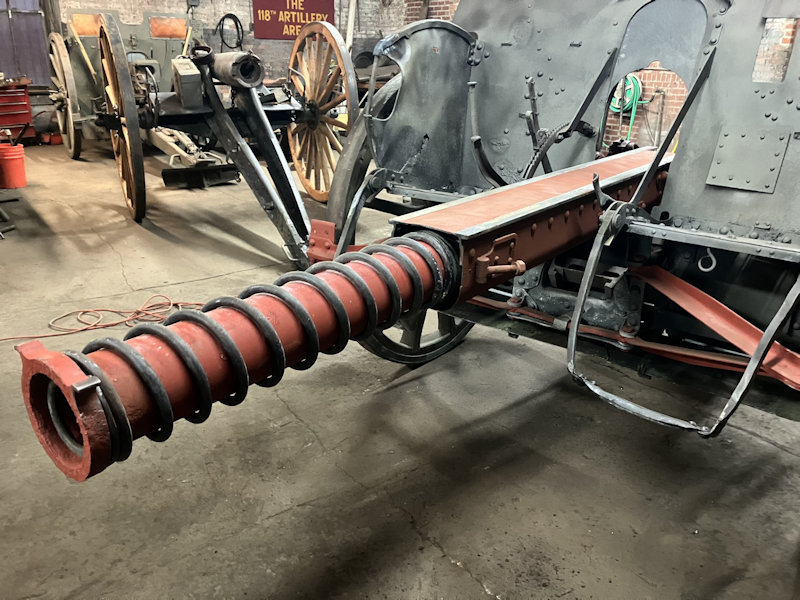 |
|---|
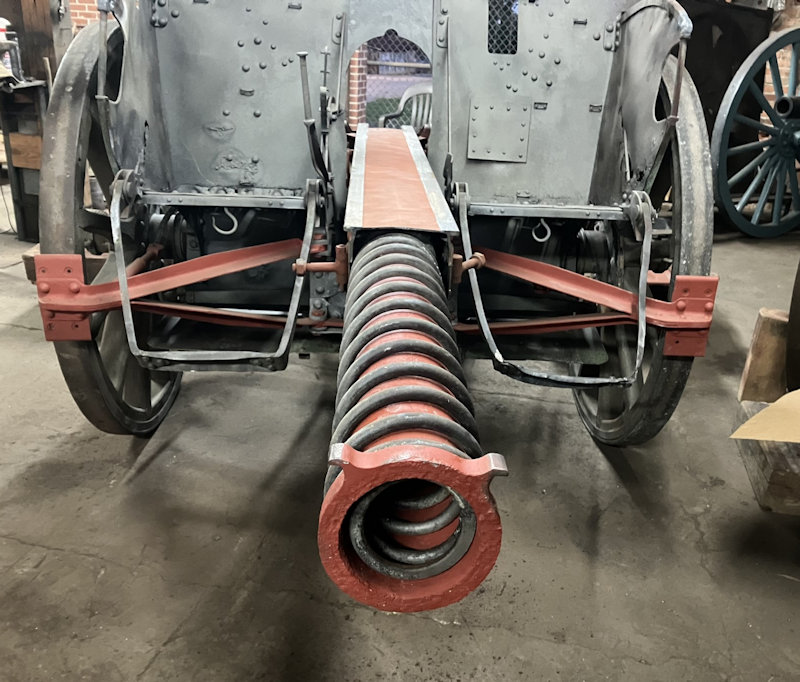 |
|---|
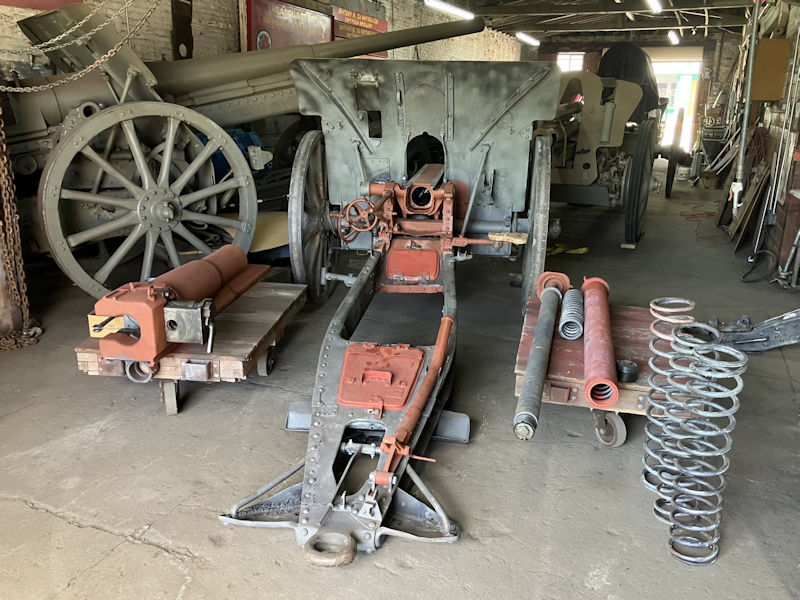 |
|---|
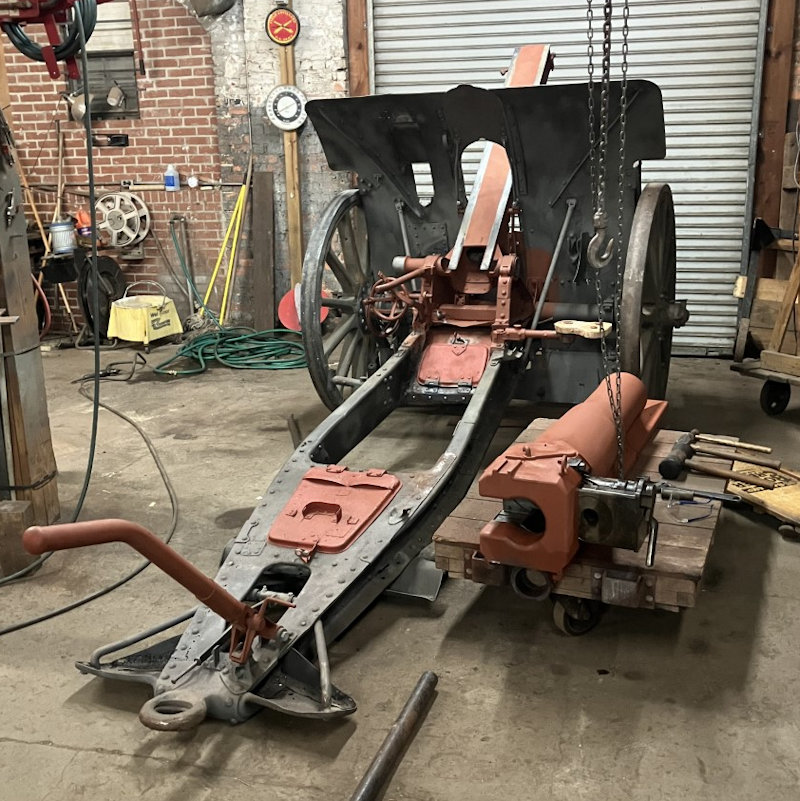 |
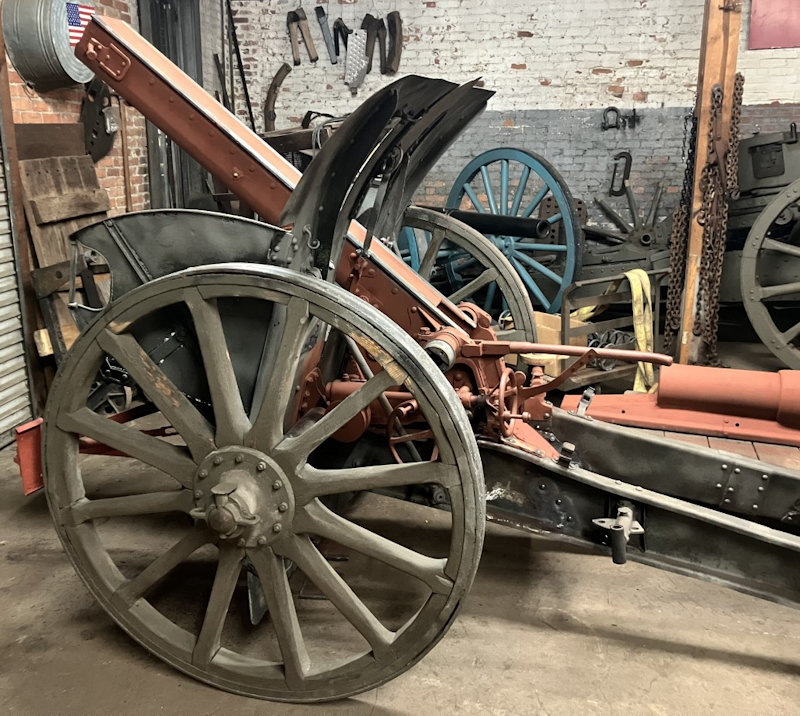 |
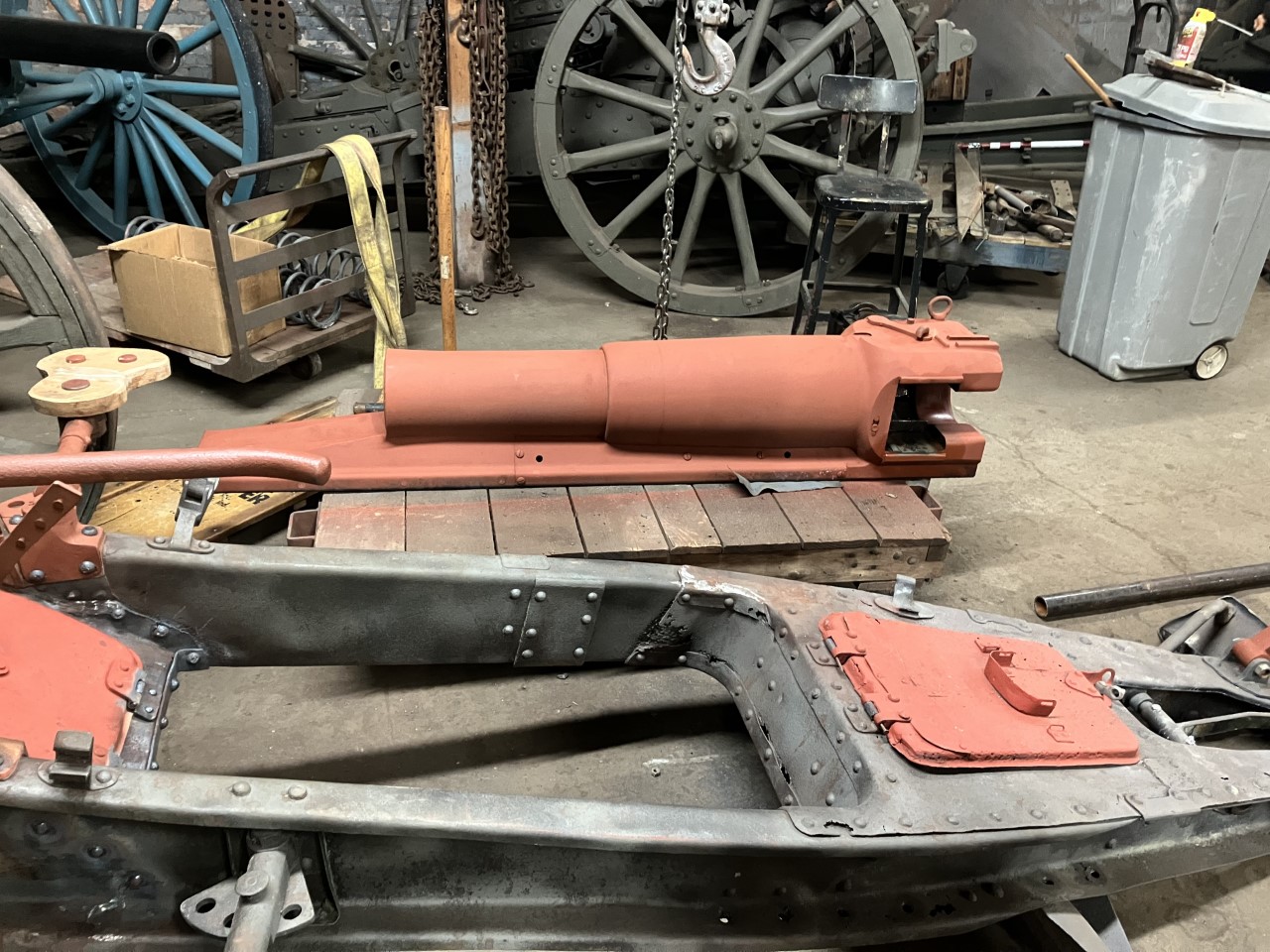 |
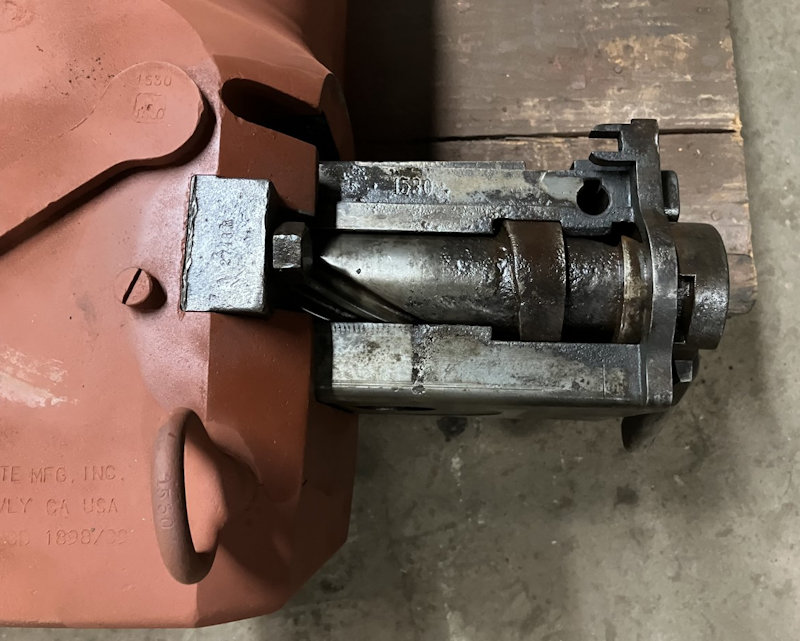 |
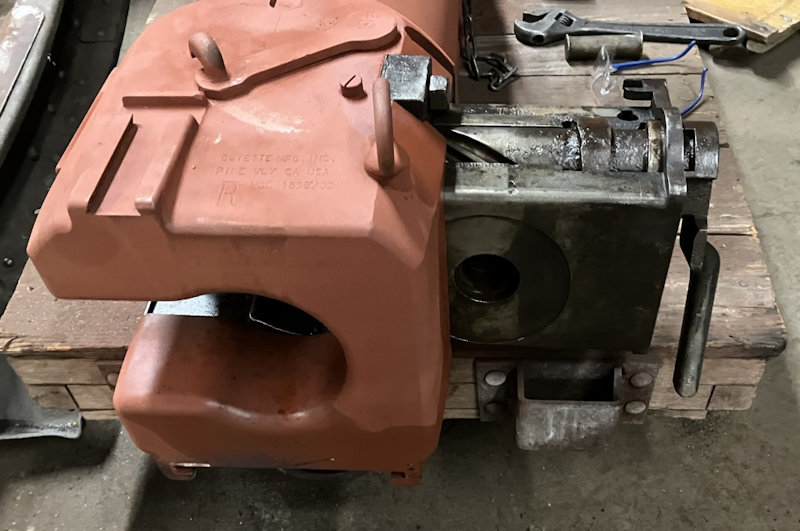 |
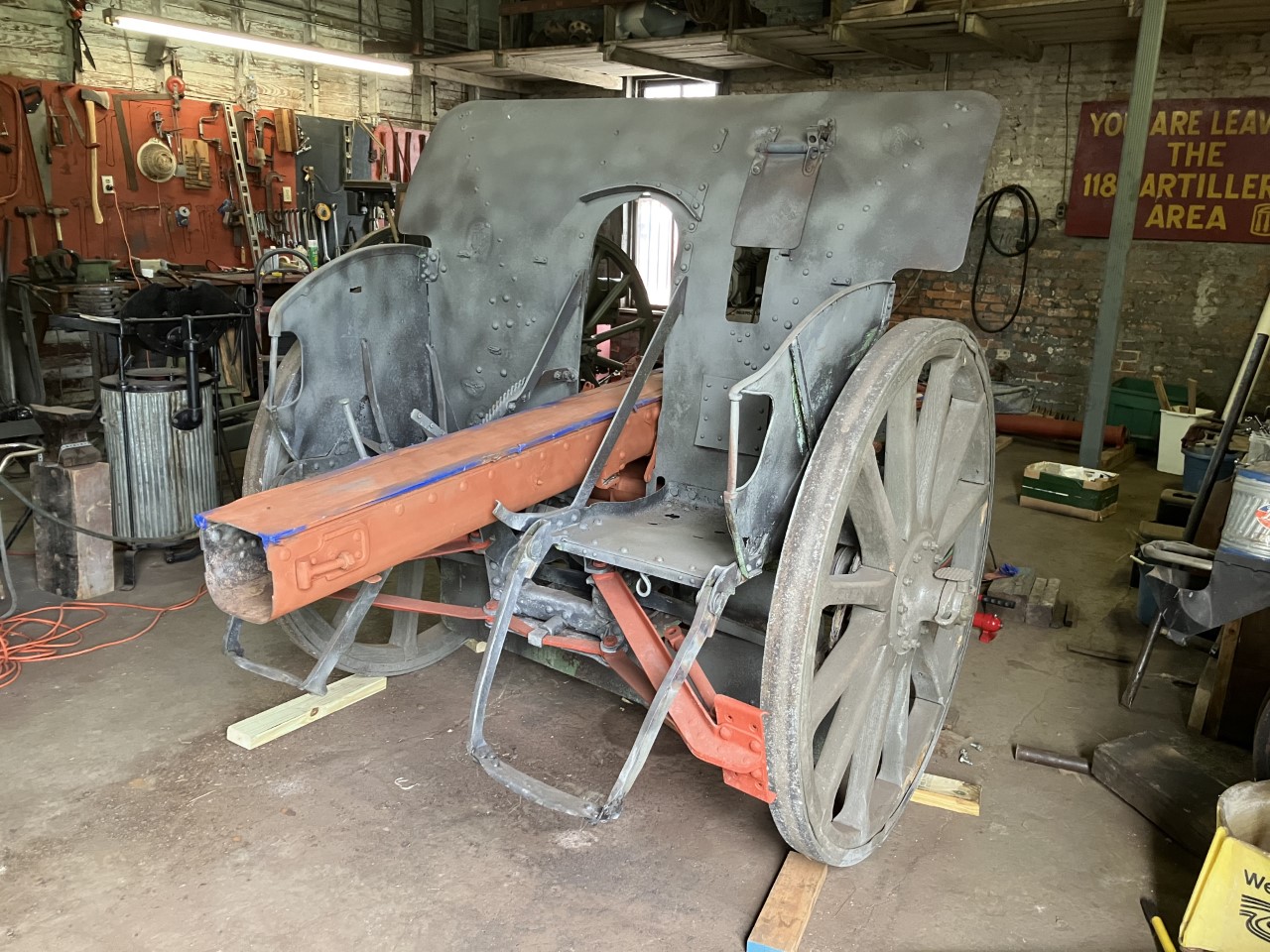 |
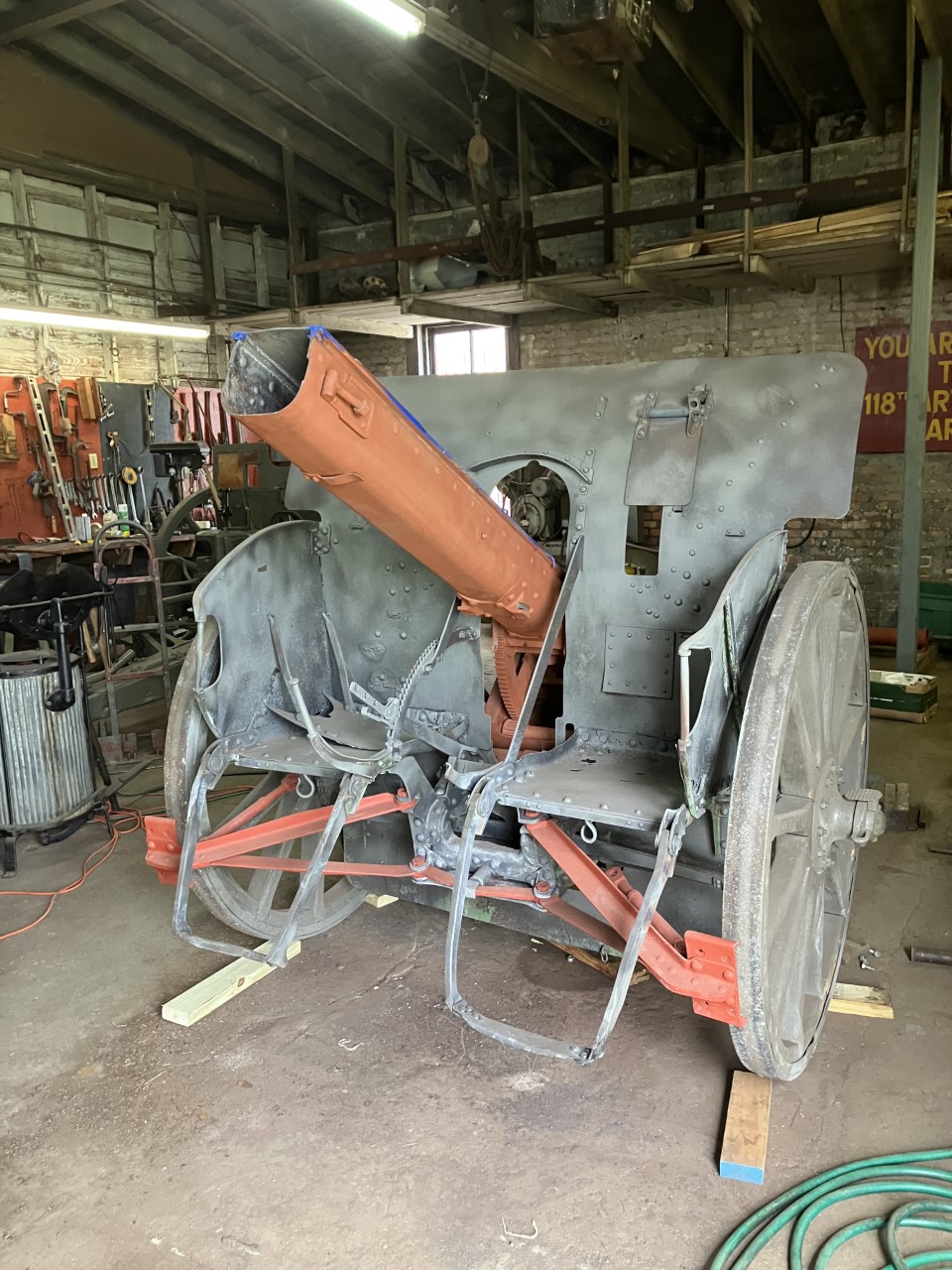 |
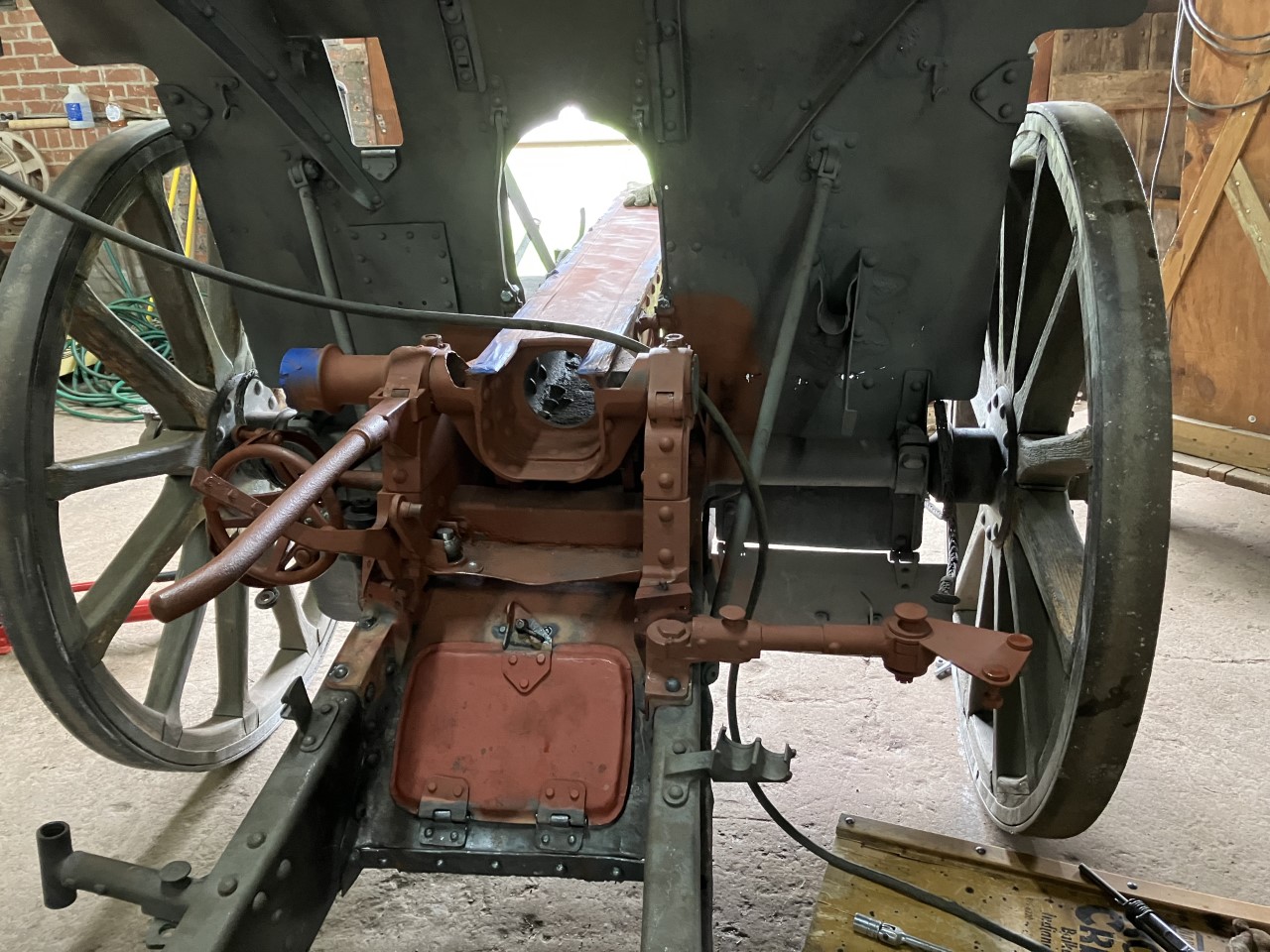 |
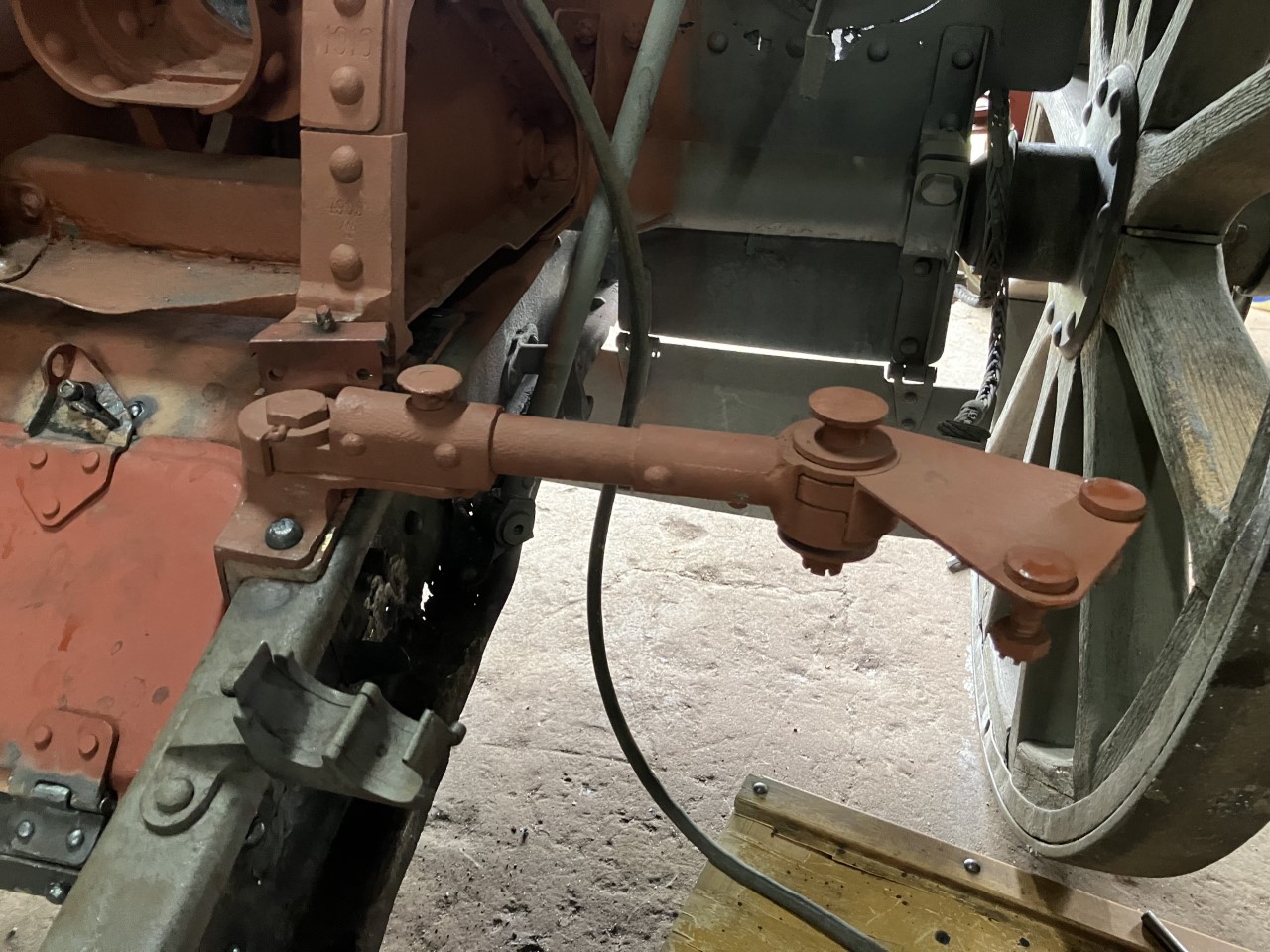 |
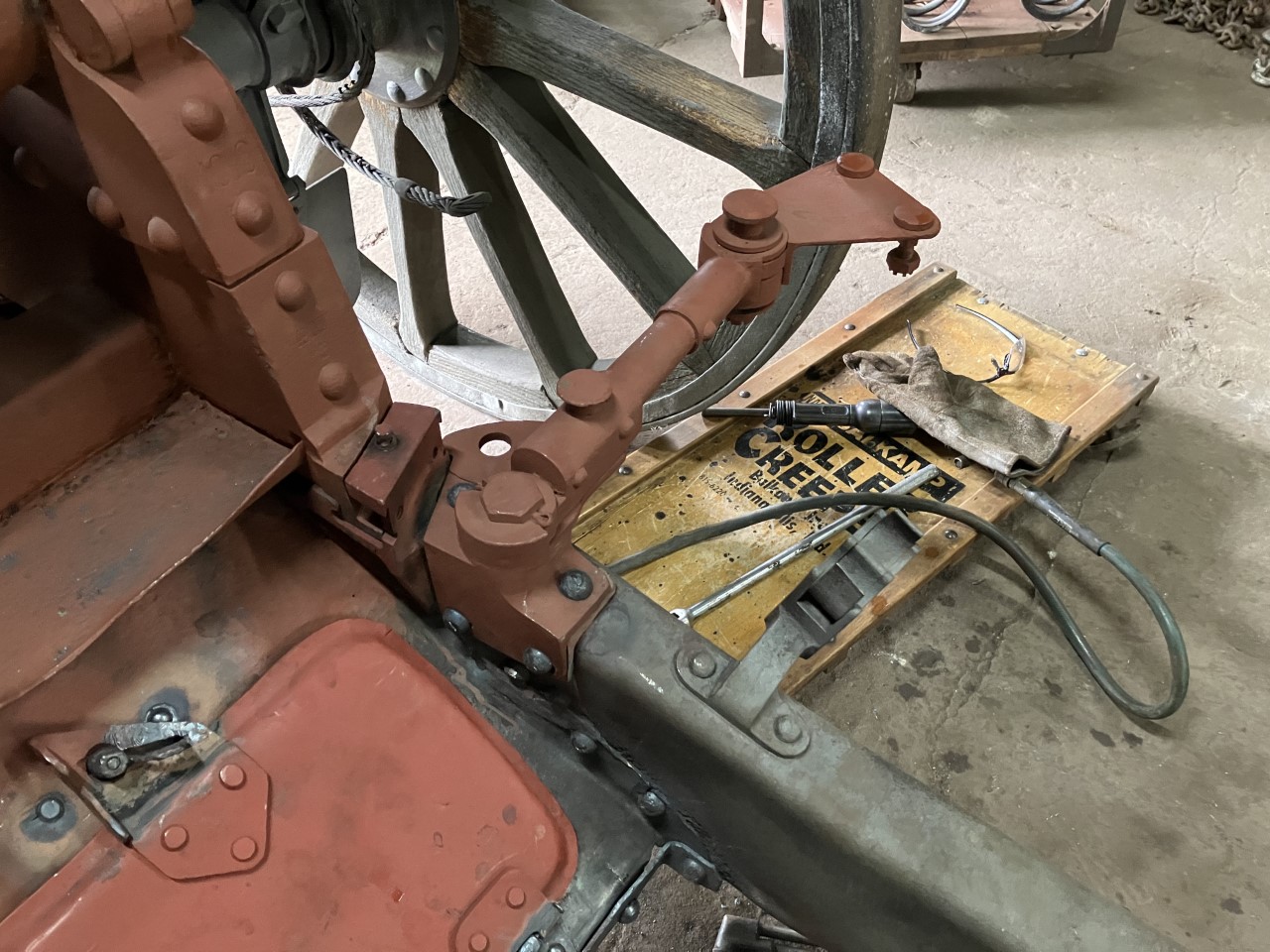 |
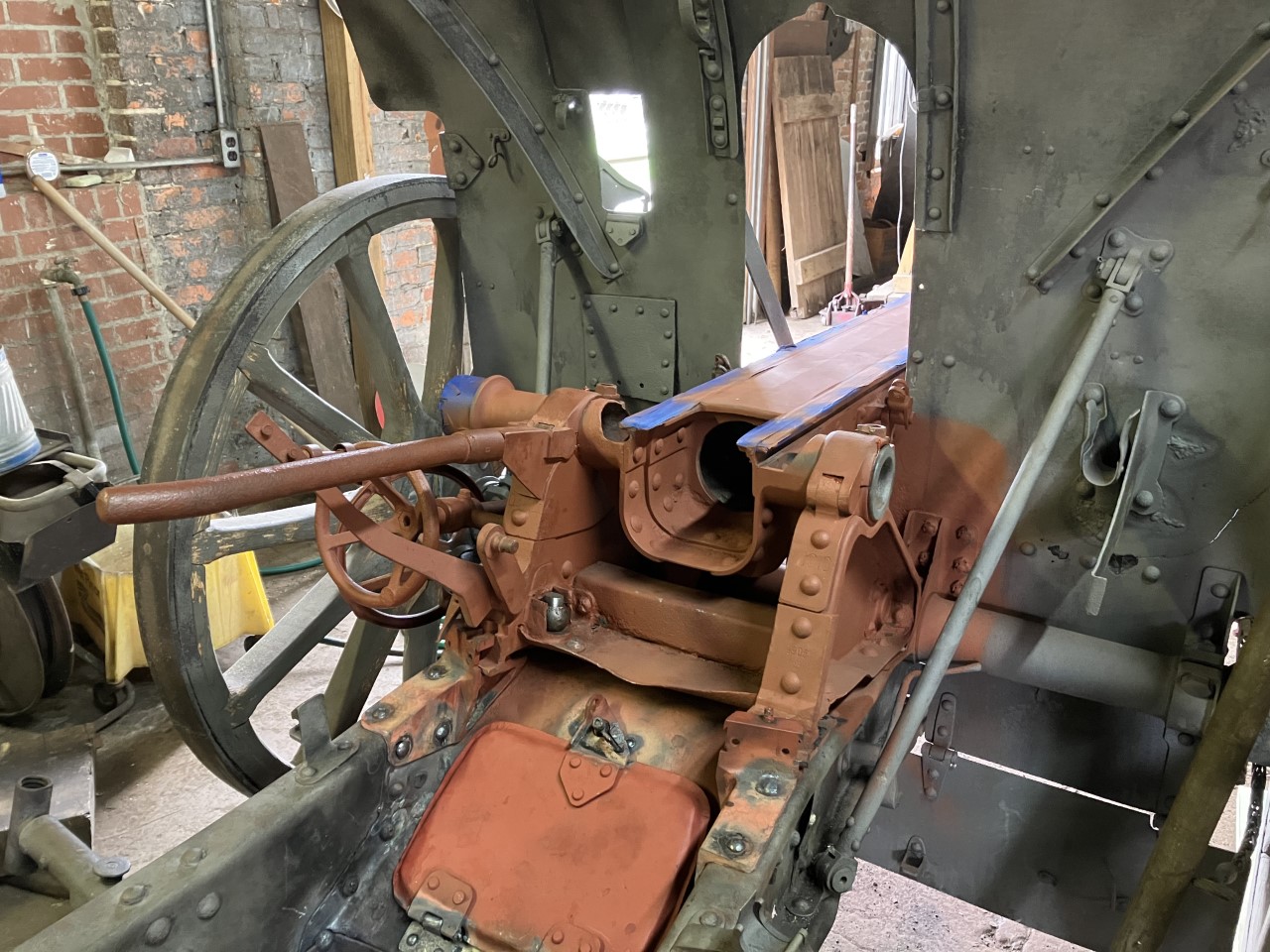 |
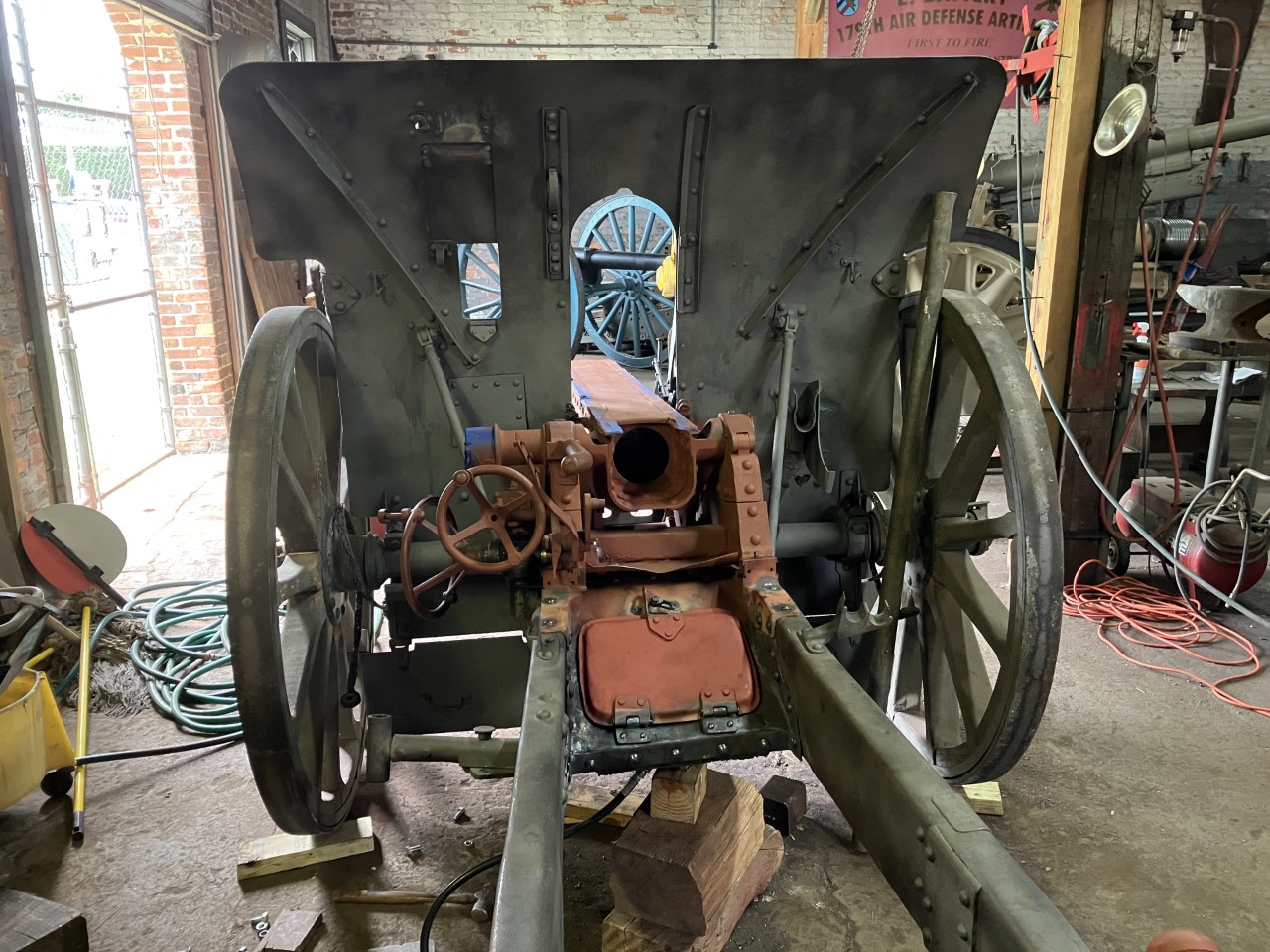 |
 |
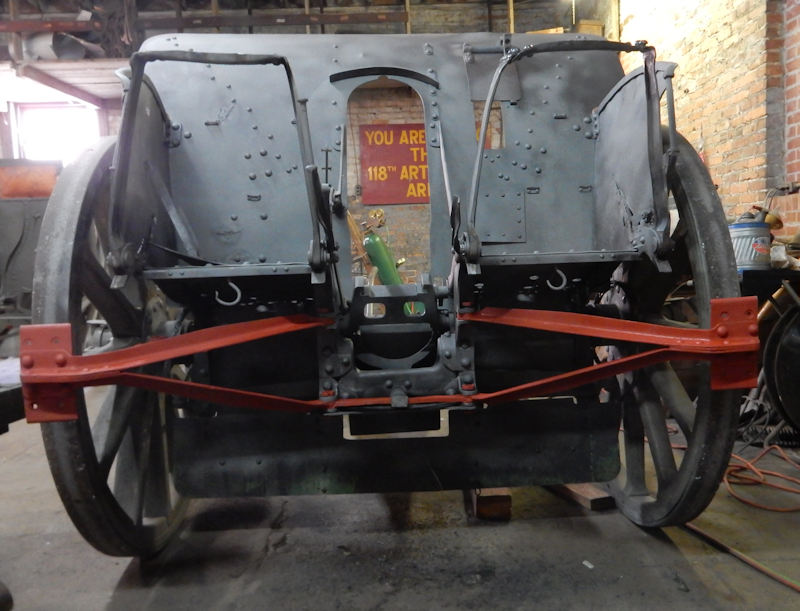 |
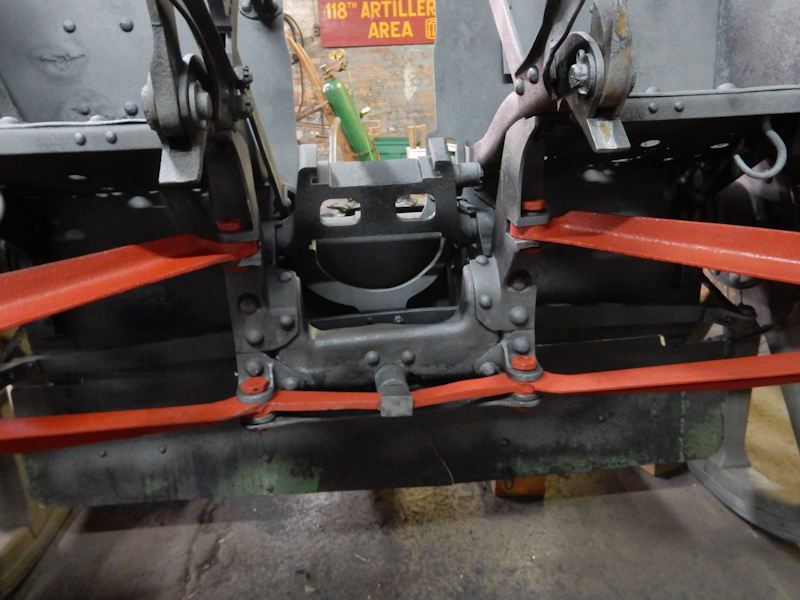 |
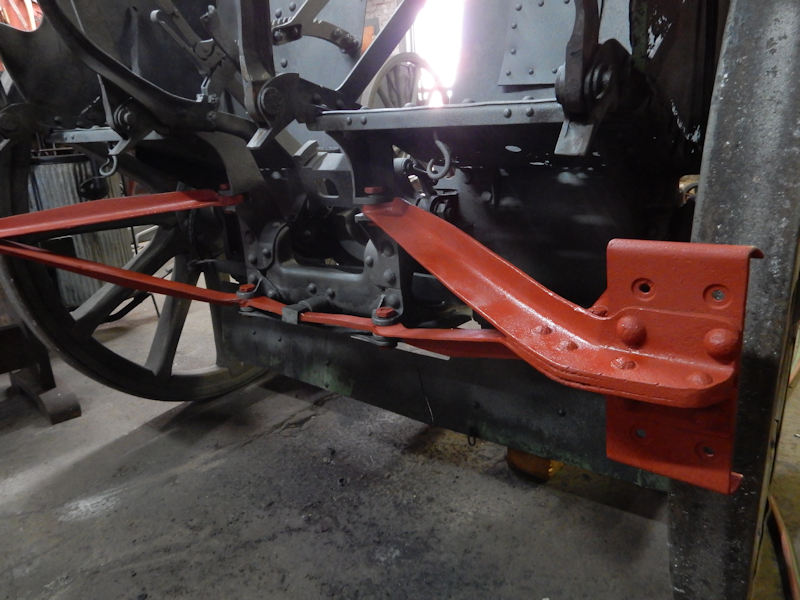 |
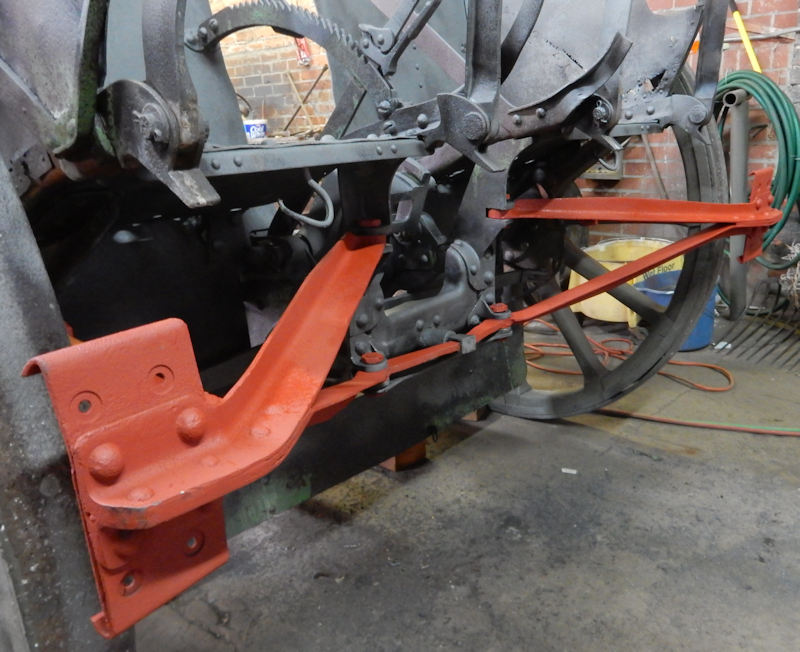 |
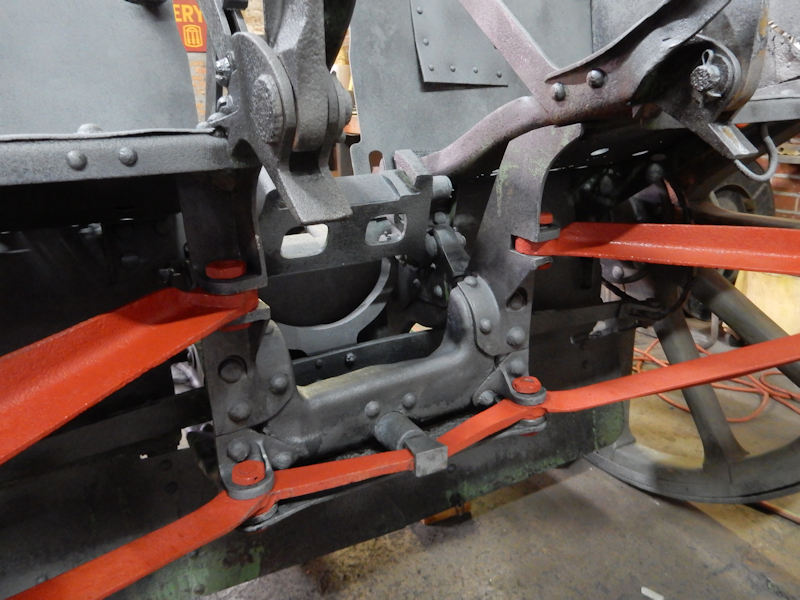 |
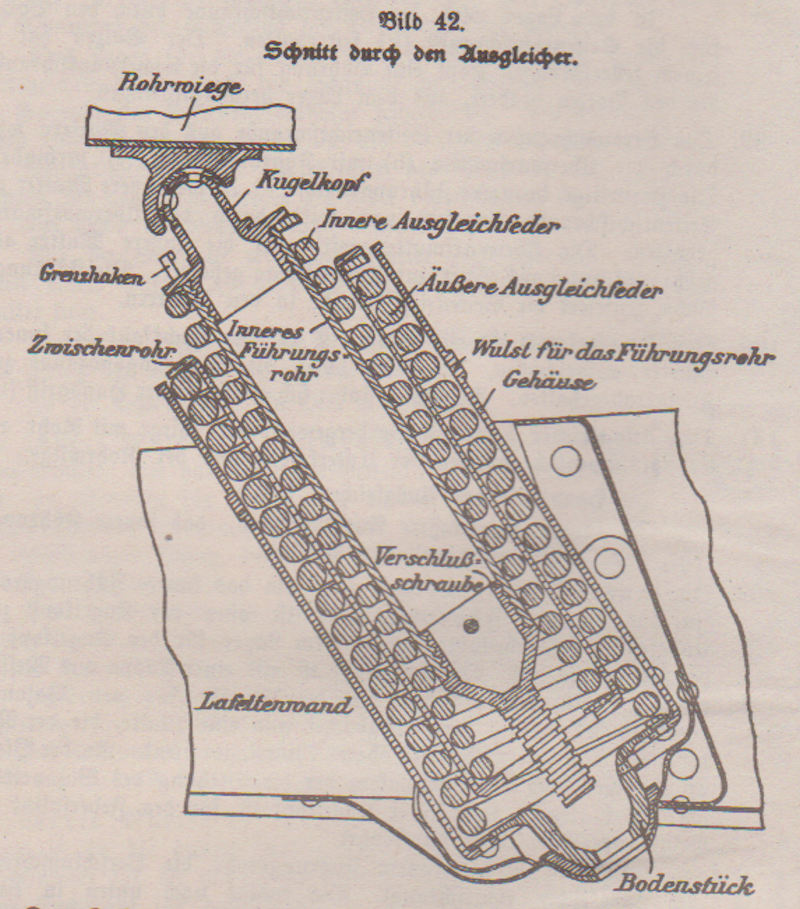 |
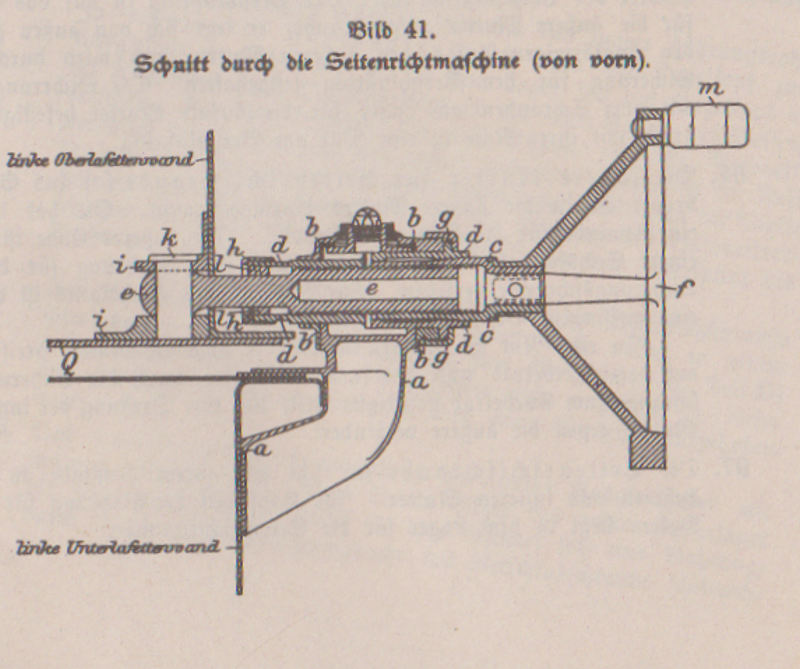 |
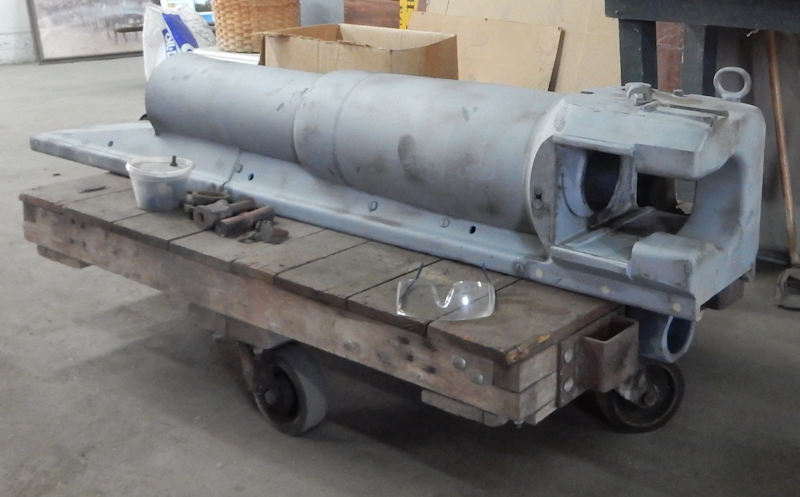 |
 |
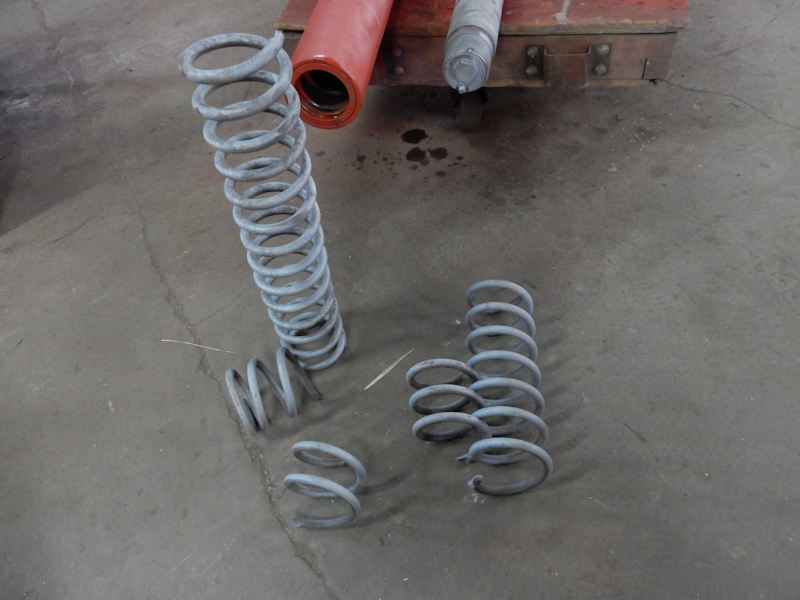 |
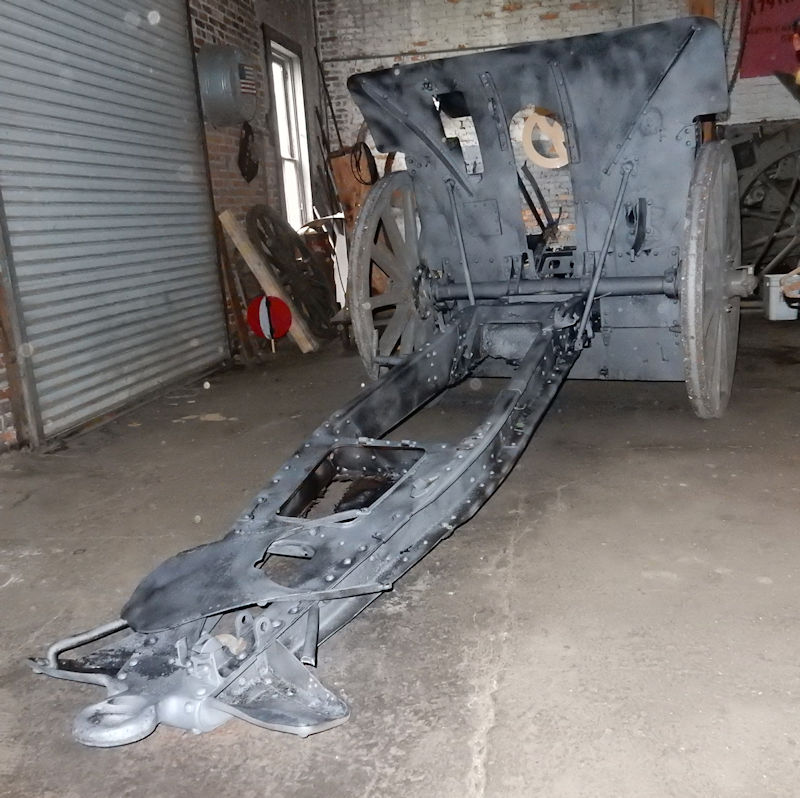 |
Above: The German 10,5cm lFH 1898/09 carriage sandblasted with a covering of Ospho
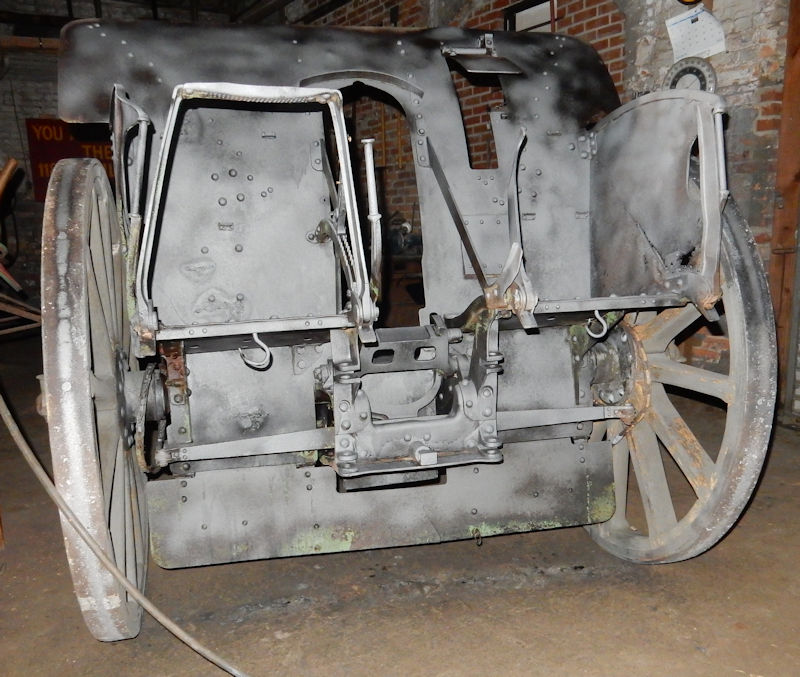 |
Above: A view of the 10,5cm lFH 98/09 axel tree seats after sandblasting
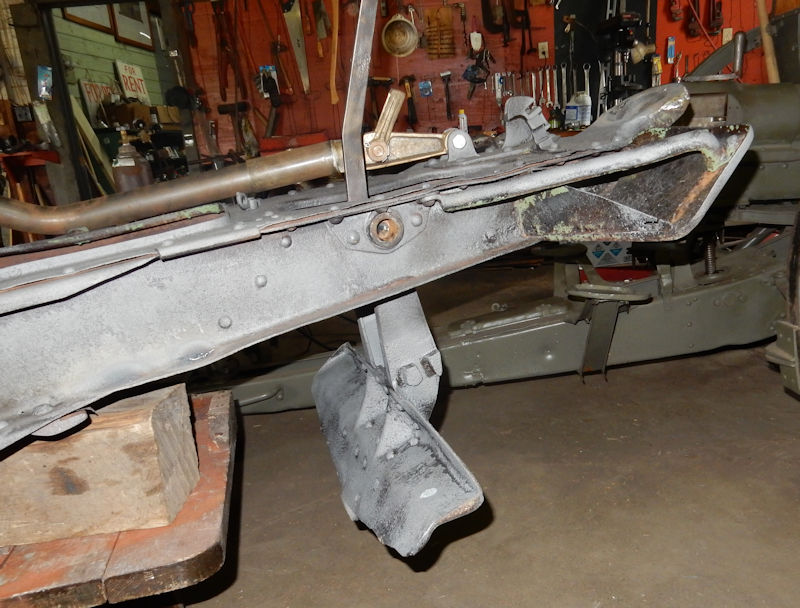 |
Above: The 10,5cm lFH 98/09 spade now working again and sandblasted. The spade locks into place using a fairly complicated cam system. There was more work involved here that you would expect
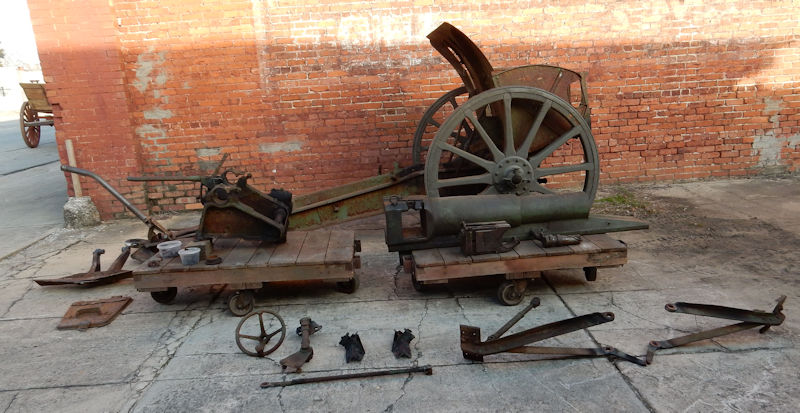 |
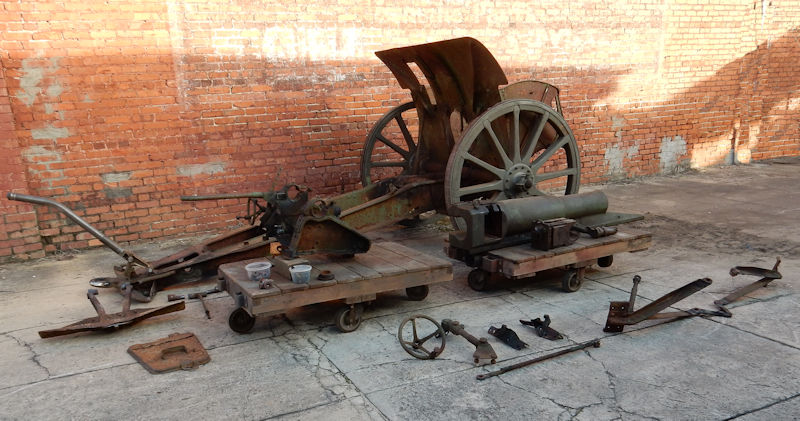 |
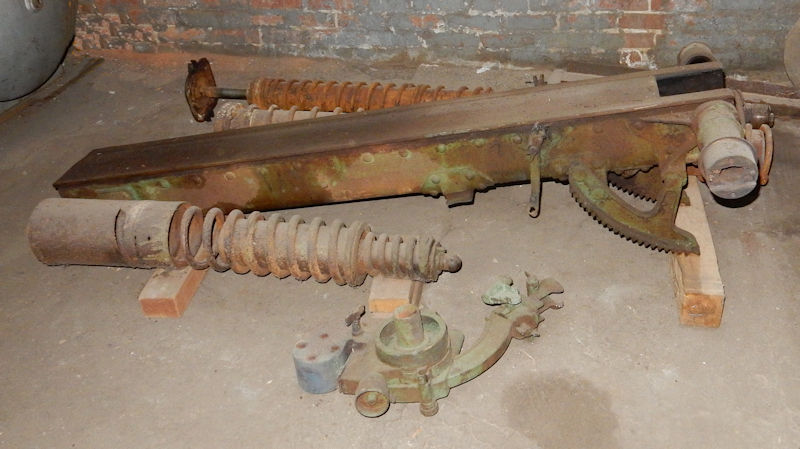 |
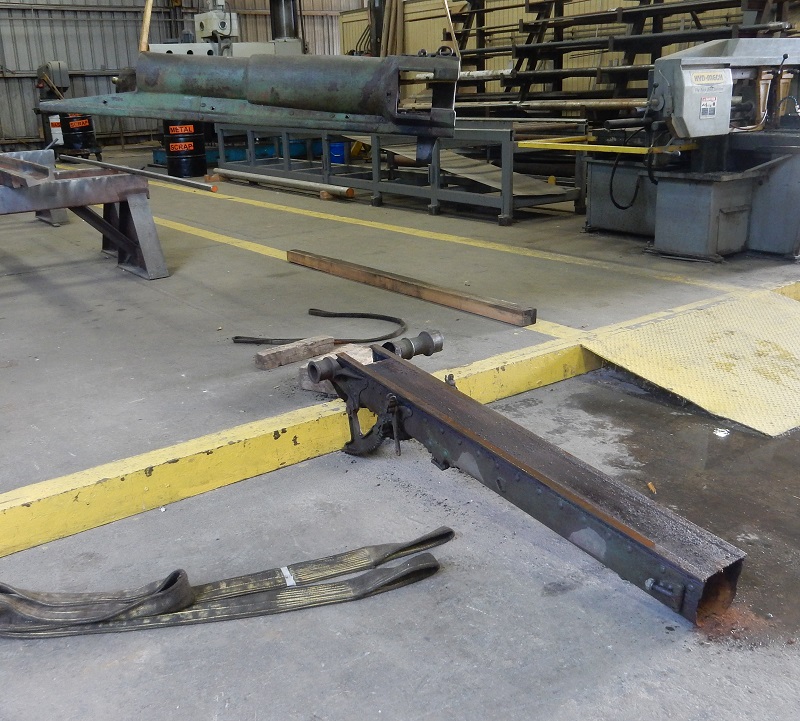 |
Above: The German 10,5cm lFH 1898/09 barrel and recoil cradle separated from one another
Below: A closer view of the recoil cradle
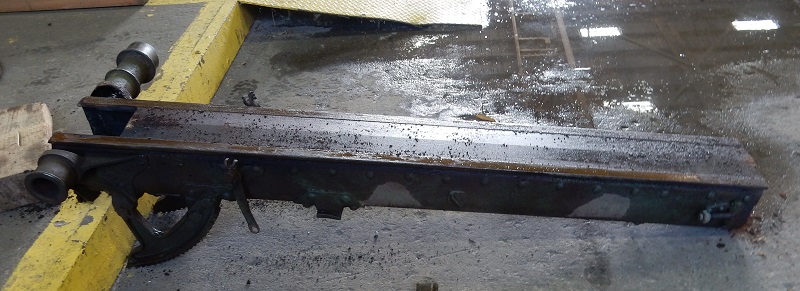 |
Below: A closer view of the 10,5cm lFH 98/09 barrel
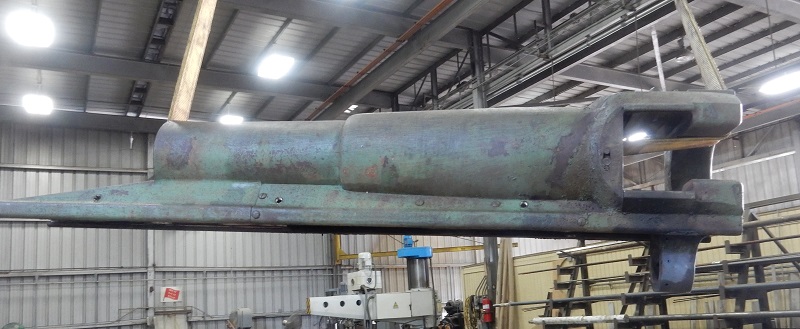 |
Below: Using a 300 ton horizontal press to push the barrel out of the recoil cradle
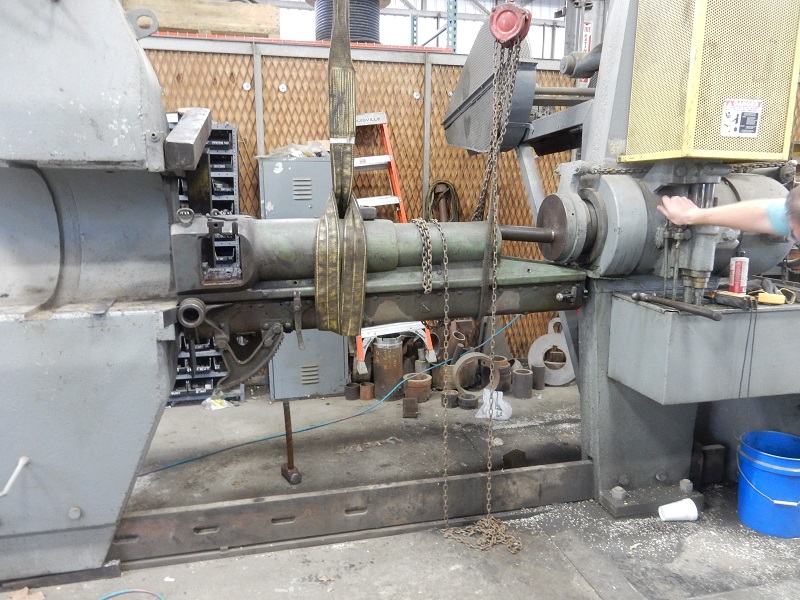 |
Below: View of the howitzer after releasing the “Jesus Bolt”, allowing the hydro-spring recoil mechanism to fly forward. There was a lot of energy with this. Notice the trash can knocked over beside the recoil system
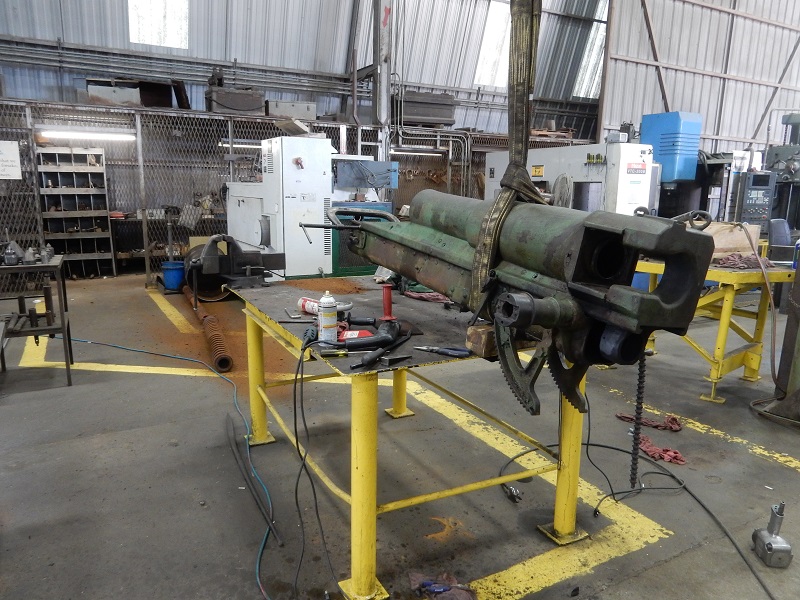 |
Below: Ralph Lovett with the barrel and recoil cradle just after removing the hydro-spring recoil mechanism
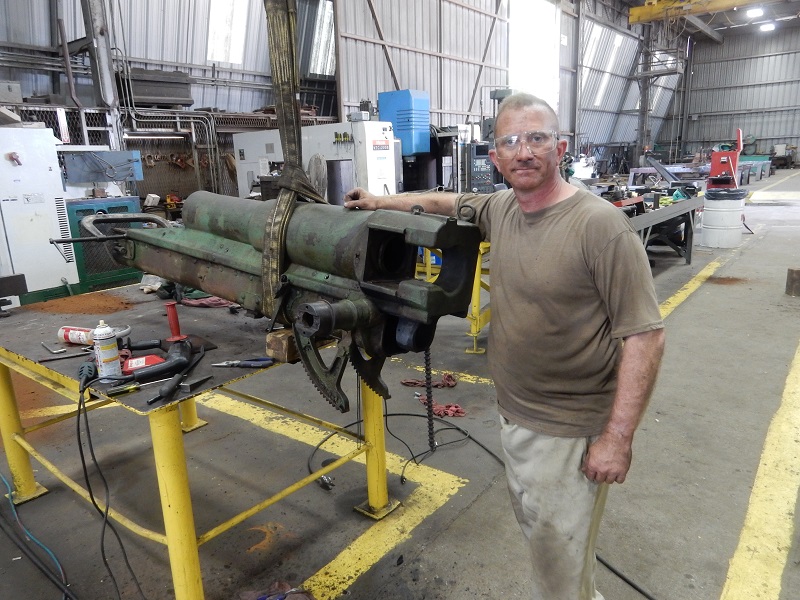 |
Below: The “Jesus Bolt” that holds the recoil mechanism together with the barrel
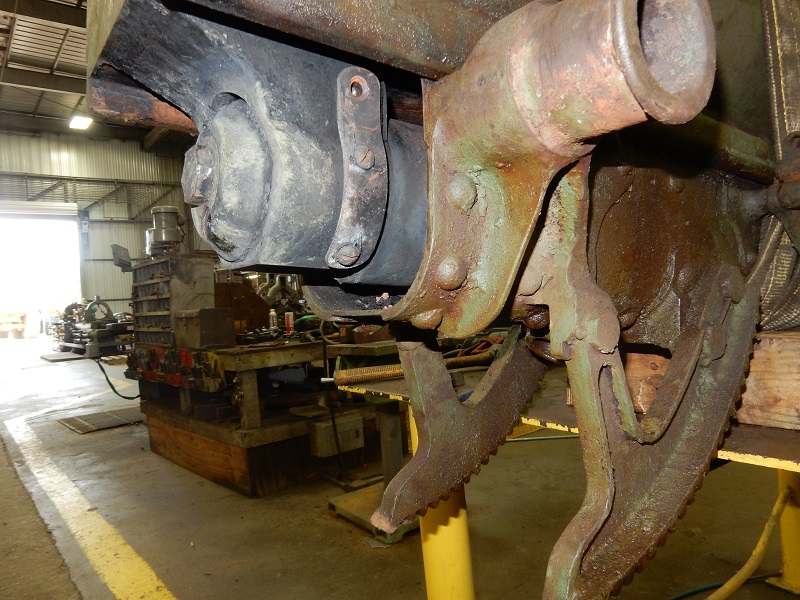 |
Below: A front view of the 10,5cm lFH 98/09 breech block
Below: A back view of the 10,5cm lFH 98/09 breech block
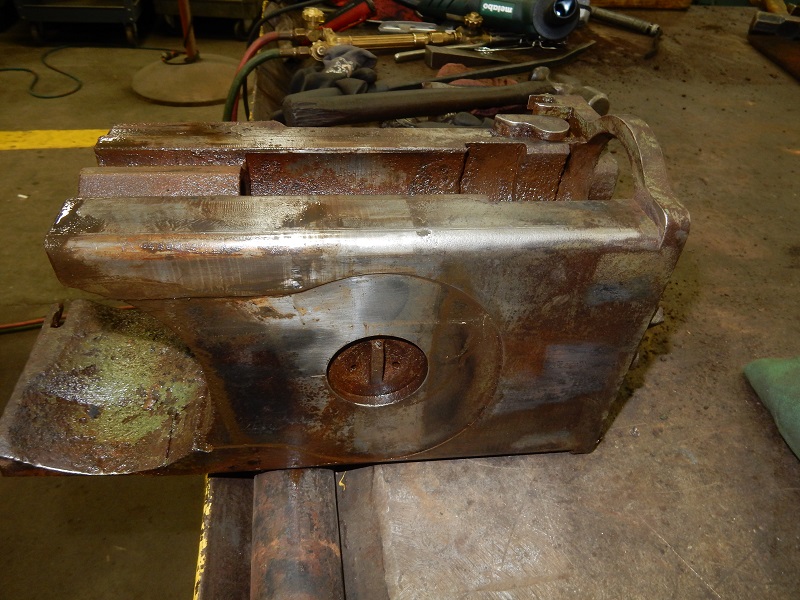 |
Above: The carriage for the 10,5cm. l.F.H. 1898/09. This is a box trail with a shield, intended for use with a recoil system. The carriage was used again with the 7,7cm. l.F.K. 1916 and the 10,5cm. l.F.H. 1916
Above: Rear view of the 10,5cm. l.F.H. 98/09 with incorrect wheels. We have the correct wheels but have not fitted them to the howitzer yet
Above: Barrel and recoil group for the 10,5cm. l.F.H. 1898/09
Like the 7,7cm. l.F.K. 1896, the 10,5cm. l.F.H. 1898 started its service life as a non-recoil piece. The advent of the French 75mm mle/1897 with its hydro-pneumatic recoil system and quick firing Nordenfeld breech meant that Germany had to rethink her artillery development plan. These two German non-recoil pieces would be retroactively fitted with hydro-spring recoil mechanisms in order to compete with the French innovation.
The designation for the 10,5cm. l.F.H. 1898 non-recoil howitzers were changed in 1909 to 10,5cm. l.F.H. 1898/09 when the howitzers were fitted with their recoil mechanisms and new carriages with a spade to serve as a backstop. The newly retrofitted howitzers also got shields to cover the crewmen from the effects of enemy fire and axle-tree seats for two of the crewmen.
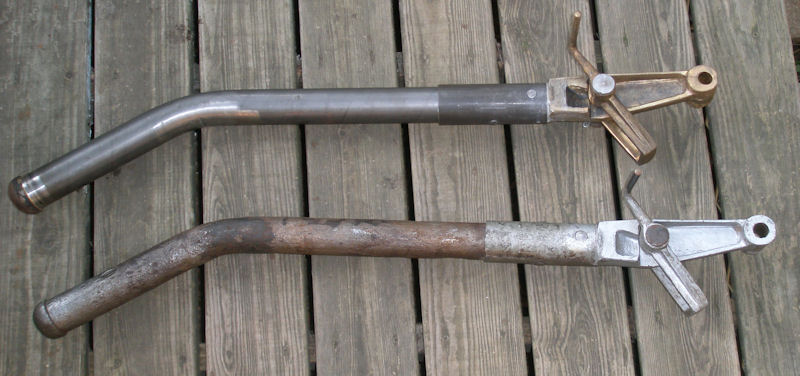 |
Above: Original (bottom) and reproduction (top) pointing lever for the 10,5cm. l.F.H.
The lFH 98/09 has a horizontal sliding wedge breech system, as is the case with most German guns and howitzers of the WW1 Era. The limber (protze) and caisson for the 10,5cm lFH 98/09 where unchanged after the 1909 retrofit of the howitzers. The limber was pulled by a six horse team with three drivers. We have a limber box of this type in the collection. Ammunition for the howitzer was separate loading making use of bag charges of propellant, with a shell case only used to form a seal between the breech block and the shell chamber and to hold the primer chain.
Above: Replacement wheels for the 10,5cm. l.F.H. 98/09 made from original parts from several other howitzers and guns